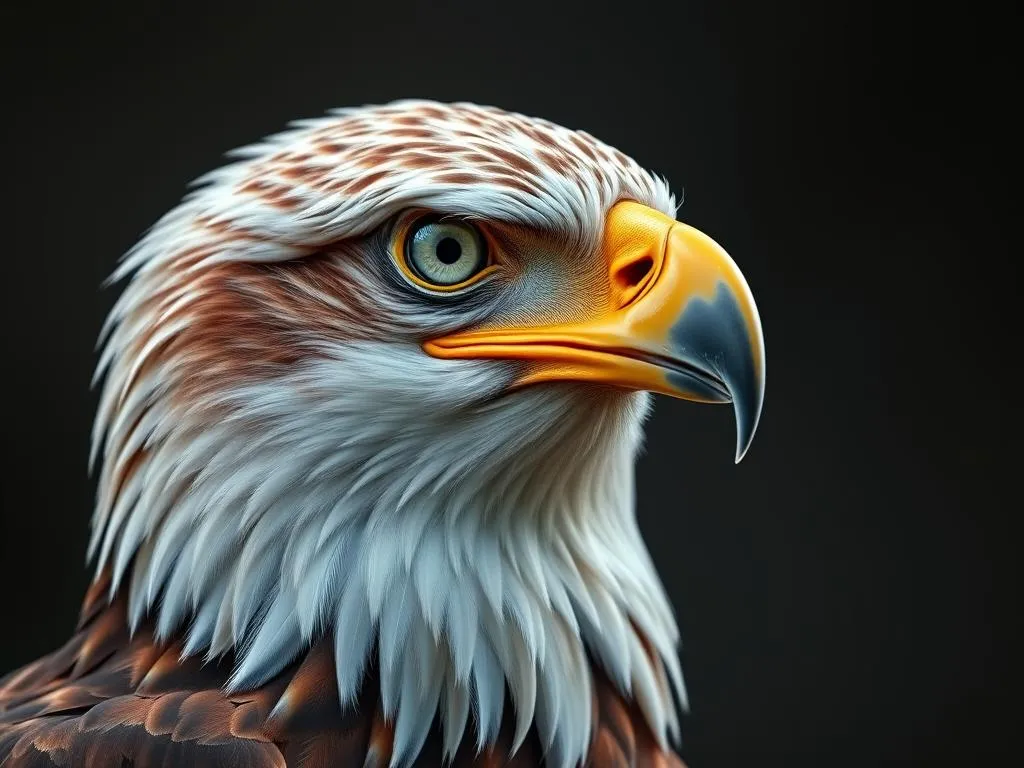
Understanding dog breeds is essential for anyone considering bringing a new furry friend into their home. Each breed comes with its own set of characteristics, care needs, and compatibility with different lifestyles. Among the diverse array of dog breeds, the Malteagle stands out as a unique hybrid that combines the affectionate nature of the Maltese with the playful spirit of the Beagle.
What is a Malteagle?
Definition of the Malteagle
The Malteagle is a hybrid dog that results from crossing the Maltese and the Beagle. This combination brings together the best traits of both parent breeds, resulting in a dog that is not only adorable but also intelligent and lively. The Malteagle inherits the playful demeanor from the Beagle and the affectionate personality from the Maltese, making it a delightful companion for families and individuals alike.
Historical Background
To fully appreciate the Malteagle, it’s helpful to understand the history of its parent breeds.
-
The Maltese is an ancient breed that dates back over 2,000 years. Originating from the Mediterranean island of Malta, they were cherished as companion dogs by royalty and are known for their long, silky white coats and charming personalities.
-
The Beagle, on the other hand, has a more utilitarian background. Developed in England, Beagles were bred primarily for hunting due to their keen sense of smell and tracking abilities. They are known for their friendly disposition and love for exploration.
The Malteagle, as a hybrid, is a relatively recent development, emerging as more people began to appreciate the benefits of mixed breeds. As hybrids gain popularity, the Malteagle has carved out a niche for itself as a lovable family pet.
Physical Characteristics
Size and Weight
The Malteagle typically ranges from 10 to 15 inches in height at the shoulder. Their weight can vary significantly, usually falling between 10 to 20 pounds. Factors influencing size include genetics, diet, and overall health. Most Malteagles are small to medium-sized dogs, making them suitable for various living spaces.
Coat and Colors
The coat of a Malteagle is one of its most appealing features. They usually have a medium-length coat that can be silky and soft, resembling that of the Maltese. Common colors include:
- White
- Tan
- Black
- A combination of these colors
The coat may sometimes have a slight wave, particularly if it takes after the Beagle parent. Regular grooming is essential to keep their coat healthy and free from tangles.
Distinctive Features
Malteagles possess several unique physical traits. They typically have:
- Long, floppy ears that hang down, resembling those of the Beagle.
- Bright, expressive eyes that radiate intelligence and curiosity.
- A compact, sturdy body that reflects the sturdiness of the Beagle combined with the elegance of the Maltese.
When compared to their parent breeds, Malteagles are often more varied in appearance, showcasing a delightful blend of characteristics from both sides.
Temperament and Behavior
General Temperament
The Malteagle is known for its friendly and loving nature. They are affectionate dogs that thrive on human interaction, often forming strong bonds with their families. The influence of the Maltese brings out a gentle and adaptive temperament, while the Beagle’s playful spirit ensures that they remain active and engaged.
Behavioral Traits
Malteagles are known for their playful antics and curious behaviors. They enjoy exploring their surroundings, often using their keen sense of smell, a trait inherited from the Beagle. Socialization is crucial for this breed, as it helps them develop into well-rounded adults.
Compatibility with Families and Other Pets
One of the standout features of the Malteagle is its adaptability to family life. They are generally good with children, enjoying playtime and interaction. They tend to get along well with other pets, especially if socialized from a young age. However, early introductions to various situations and animals are essential to foster a friendly disposition.
Health Considerations
Common Health Issues
Like all breeds, Malteagles can be predisposed to certain health issues. Common concerns include:
- Eye problems, such as cataracts, which can affect both parent breeds.
- Hip dysplasia, a condition that can arise in small to medium-sized dogs.
- Ear infections, particularly due to their floppy ears.
It’s crucial for potential owners to research and be aware of these issues, ensuring that they consult with a veterinarian regularly.
Lifespan and Aging
The average lifespan of a Malteagle is around 12 to 15 years. To ensure a long, healthy life, proper care, nutrition, and regular veterinary visits are essential. As they age, health care needs may change, requiring increased attention to diet and exercise.
Regular Veterinary Care
Routine check-ups with a veterinarian are vital for maintaining the health of a Malteagle. Recommended vaccinations, preventive measures for parasites, and regular dental care should not be overlooked. Early detection of health issues can lead to more effective treatment.
Grooming and Care
Grooming Needs
The grooming needs of a Malteagle are moderate. Their coat requires regular brushing, ideally once a week, to prevent matting and to remove loose hair. Bathing should occur as needed but is generally recommended every few months or when they become particularly dirty.
Diet and Nutrition
A balanced diet tailored to the Malteagle’s size, age, and activity level is crucial. High-quality dog food, either dry kibble or wet food, should be the foundation of their diet. Owners should consult with their veterinarian to determine the best feeding schedule and portion sizes.
Exercise Requirements
Malteagles are active dogs that require regular exercise to stay healthy and happy. Daily walks, playtime in the yard, and engaging in interactive games are great ways to keep them physically stimulated. A minimum of 30 to 60 minutes of exercise each day is ideal.
Training and Socialization
Basic Training
Early training is essential for Malteagles. They are intelligent and generally eager to please, making them relatively easy to train. Positive reinforcement methods, such as treats and praise, work wonders. Basic commands such as sit, stay, and come should be taught early on.
Socialization Techniques
Socializing a Malteagle involves exposing them to various people, environments, and other animals. Puppy classes can be beneficial, providing both training and socialization opportunities. Gradually introducing them to new experiences helps cultivate a well-adjusted temperament.
Common Behavioral Issues
While Malteagles are generally well-behaved, they can sometimes exhibit behavioral challenges, such as separation anxiety or excessive barking. Consistent training, along with early intervention, can help address these issues. Ensuring they have plenty of mental and physical stimulation can also mitigate unwanted behaviors.
Living with a Malteagle
Ideal Living Environment
Malteagles can adapt well to various living environments, from apartments to houses with yards. They do not require extensive outdoor space, but they do need a secure area for play and exercise. Regular walks and indoor play can satisfy their activity needs.
Time Commitment
Owning a Malteagle requires a daily time commitment for care, training, and exercise. Busy families should consider whether they can meet these needs before bringing a new pet into their home. Consistency in routines is essential for their well-being.
Adoption and Purchase
Finding a reputable breeder or adoption center is crucial when looking for a Malteagle. Prospective owners should research breeders who prioritize health testing and responsible breeding practices. Adoption is also a wonderful option, as many mixed-breed dogs are in need of loving homes.
Conclusion
The Malteagle is a unique and affectionate breed that combines the playful energy of the Beagle with the loving nature of the Maltese. Understanding their care requirements, temperament, and health considerations is essential for potential dog owners. With the right environment, training, and socialization, a Malteagle can be a joyful addition to any family, bringing love and companionship for years to come. The choice to welcome a Malteagle into your home is not just about acquiring a pet; it’s about forming a lasting bond with a loyal friend.









